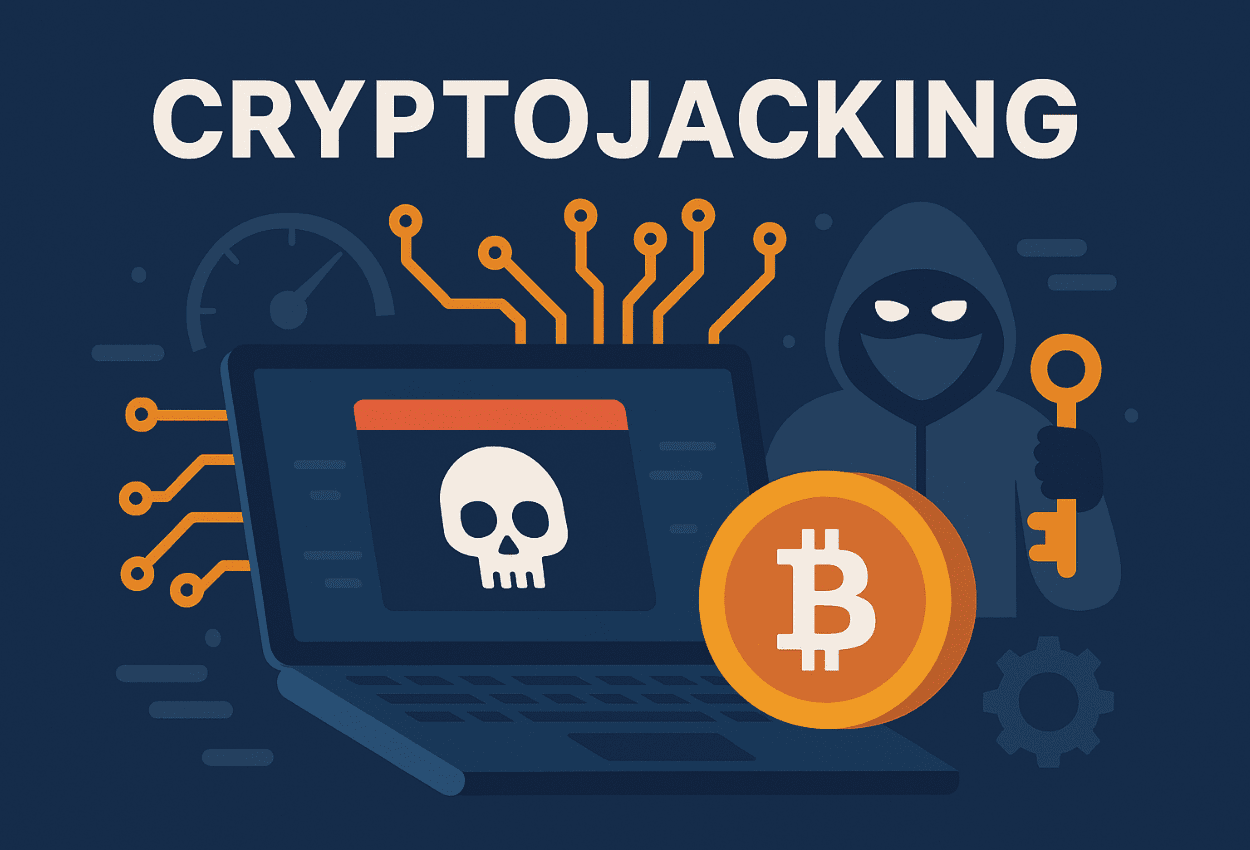The Dark Web, a mysterious and often misunderstood segment of the internet, is not accessible through conventional means. It requires special software, such as Tor or I2P, to access, which allows users to browse with a high degree of anonymity. This part of the internet is often utilized by individuals who wish to conceal their identities and activities from prying eyes, making it a double-edged sword of sorts. While it can be a haven for whistleblowers and activists living under oppressive regimes, it has also become an ideal environment for cybercriminals.
These cybercriminals exploit the Dark Web’s anonymity to carry out a wide range of illicit activities. They can move virtually undetected in this part of the internet, their identities hidden beneath layers of encryption. This makes it a fertile ground for all types of criminal activities, turning it into a digital black market of sorts.
The Dark Web’s structure and the anonymity it provides make it exceedingly difficult for authorities to monitor and regulate. This has allowed it to become a hotbed for cybercrime, making it a significant concern in today’s digital age. It’s crucial to stay informed about these potential cyber threats and understand that while the Dark Web can be used for legitimate purposes, it is also a dangerous place that should be navigated with extreme caution.

Why Should You Be Aware of the Dark Web?
While the Dark Web may seem distant and irrelevant to your everyday business operations, it poses serious risks that can have far-reaching consequences. Here’s why you need to be aware of it:
- Stolen Data Trade: The Dark Web serves as a marketplace for cybercriminals to sell stolen data, including usernames, passwords, financial information, and sensitive business data. By purchasing this “dark data“, hackers can launch targeted attacks against organizations like yours, leading to data breaches, financial loss, and reputational damage.
- Credential Stuffing and Account Takeovers: Cybercriminals often utilize compromised login credentials from data breaches to carry out credential stuffing attacks. By leveraging automated tools, they attempt to gain unauthorized access to your business accounts. Once inside, they can exploit your resources, compromise customer data, and cause significant disruption.
- Sale of Exploit Kits and Malware: The Dark Web provides a platform for the sale of malicious software, exploit kits, and hacking tools. These tools can empower cybercriminals to launch sophisticated attacks against your business, including ransomware, phishing campaigns, and network infiltration.
Insider Threats and Employee Monitoring: Employees with malicious intent may leverage the Dark Web to collaborate with external criminals or sell sensitive company information. Awareness of the Dark Web can help you implement appropriate security measures to detect and mitigate insider threats. - Reputational Damage: In the event of a data breach or cyberattack, information about your business may end up on the Dark Web. This can severely damage your reputation, erode customer trust, and lead to potential legal and financial repercussions.
What Can You Do?
To protect your business from the risks associated with the Dark Web, we recommend the following actions:
- Strengthen Your Security: Implement robust cybersecurity measures, such as multi-factor authentication, strong password policies, regular software updates, and network monitoring. Conduct security awareness training for your employees to educate them about the dangers of the Dark Web and how to identify potential threats.
- Dark Web Monitoring: Engage with MSP services, like Kirkham IronTech to incorporate Dark Web monitoring solutions. These services scan the Dark Web for mentions of your business’s critical information and alert you if any compromised data is discovered.
- Incident Response Planning: Develop an incident response plan that includes protocols for handling potential Dark Web-related incidents. This plan should outline steps for containing, investigating, and recovering from a data breach or cyberattack.
- Regular Vulnerability Assessments: Perform periodic vulnerability assessments and penetration testing to identify and address potential weaknesses in your network infrastructure and applications.

Wrapping up – Understand the Dark Web to Stay Protected
We are committed to staying ahead of emerging cybersecurity threats and providing you with the necessary tools and expertise to safeguard your business. Should you have any questions or concerns regarding the Dark Web or any other security matter, please don’t hesitate to reach out to us.

 Tom Kirkham brings more than three decades of software design, network administration, and cybersecurity knowledge to organizations around the country. During his career, Tom has received multiple software design awards and founded other acclaimed technology businesses.
Tom Kirkham brings more than three decades of software design, network administration, and cybersecurity knowledge to organizations around the country. During his career, Tom has received multiple software design awards and founded other acclaimed technology businesses.
